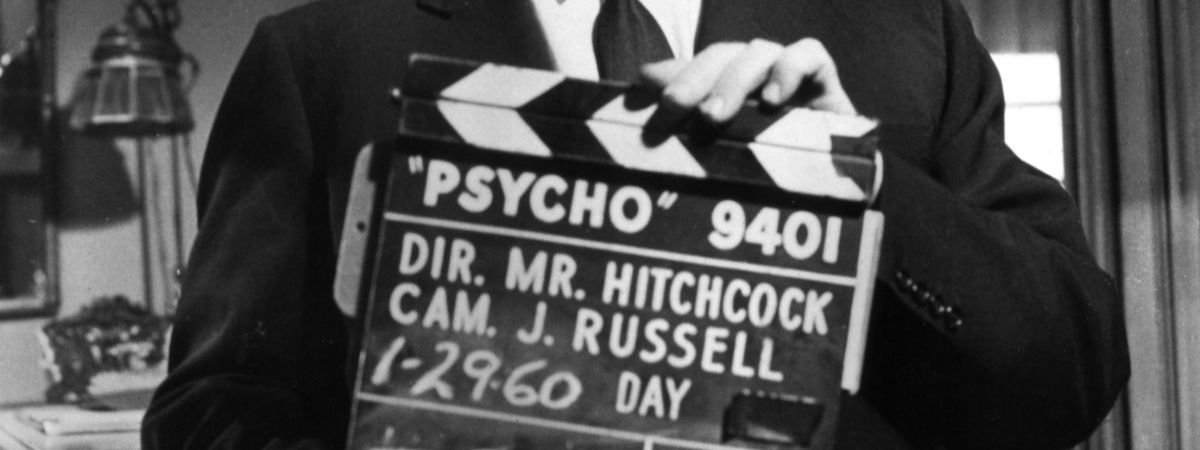Skip to the good bit
ToggleAlfred Hitchcock’s “Psycho” is a cinematic masterpiece that redefined the thriller genre and left an indelible mark on the landscape of American film. Released in 1960, this suspenseful classic introduced audiences to a new level of psychological horror and a unique storytelling approach that was innovative and daring for its time. We invite you to explore the intricate layers of Hitchcock’s groundbreaking film, from its iconic performances to its masterful direction.
We will also examine the film’s legacy and the impact it has had on both the horror genre and cinema at large. Despite being over six decades old, “Psycho” continues to be a reference point for filmmakers and has inspired a multitude of sequels, remakes, and TV adaptations. Join us as we delve into the intricate details that make “Psycho” a timeless classic that still resonates with audiences today.
The making of Psycho
In taking a closer look at “Psycho,” we uncover the inspired vision of Alfred Hitchcock, the strategic casting decisions, and the innovative filming techniques that crafted this cinematic milestone.
Alfred Hitchcock’s vision
Alfred Hitchcock’s approach to “Psycho” was marked by an aim to break from his usual suspense-filled dramas. We see Hitchcock venturing into the realm of psychological horror, pushing against the boundaries of 1960 standards. His inspiration came partly from the real-life crimes of Ed Gein, which he adapted into a gripping narrative. Aiming to create a shocking and subversive experience, Hitchcock opted to shoot in black and white to not only save on budget but also to intensify the film’s dark themes.
Casting Choices
Anthony Perkins as Norman Bates
We immediately recognize Perkins’ portrayal as essential to the unsettling atmosphere of “Psycho.” His boyish charm and nervous demeanour offered a stark contrast to the sinister undercurrent of his character.
Janet Leigh as Marion Crane
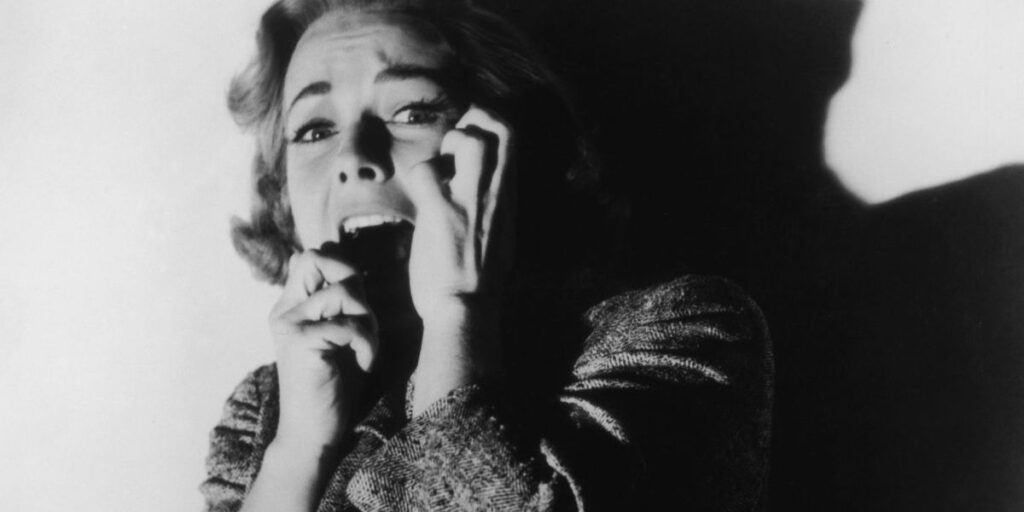
Leigh’s casting was a strategic move. Known for her role as a damsel in distress, her involvement led the audience to believe she would be the protagonist throughout the movie, making her early exit all the more shocking.
Vera Miles as Lila Crane
We find Miles’ role as Marion’s determined sister pivotal in unravelling the horrors of the Bates Motel.
John Gavin as Sam Loomis
Playing Marion’s lover, Gavin’s performance added to the film’s emotional complexity.
Hitchcock’s selections were purposeful, each casting choice designed to manipulate audience expectations.
Filming Techniques
Hitchcock’s filming techniques in “Psycho” were revolutionary, setting a new benchmark for the thriller genre. His innovative camera use is particularly noteworthy; he embraced high angles, close-ups, and voyeuristic shots that effectively put viewers in the characters’ shoes, enhancing the film’s immersive experience. The editing is another aspect where Hitchcock’s genius shines through. The fast-paced editing, especially evident in the infamous shower scene, creates an intense rhythm that skillfully elicits fear and suspense among the audience.
Additionally, we cannot overlook Bernard Herrmann’s piercing string score, a masterpiece in its own right, which perfectly accentuates the tension and terror at just the right moments. Collectively, these elements contributed substantially to “Psycho” ‘s enduring influence on the thriller genre, showcasing Hitchcock’s unparalleled ability to meld camera work, editing, and soundtrack into a cohesive and impactful cinematic experience.
Featured in: Our top thriller movies of all time
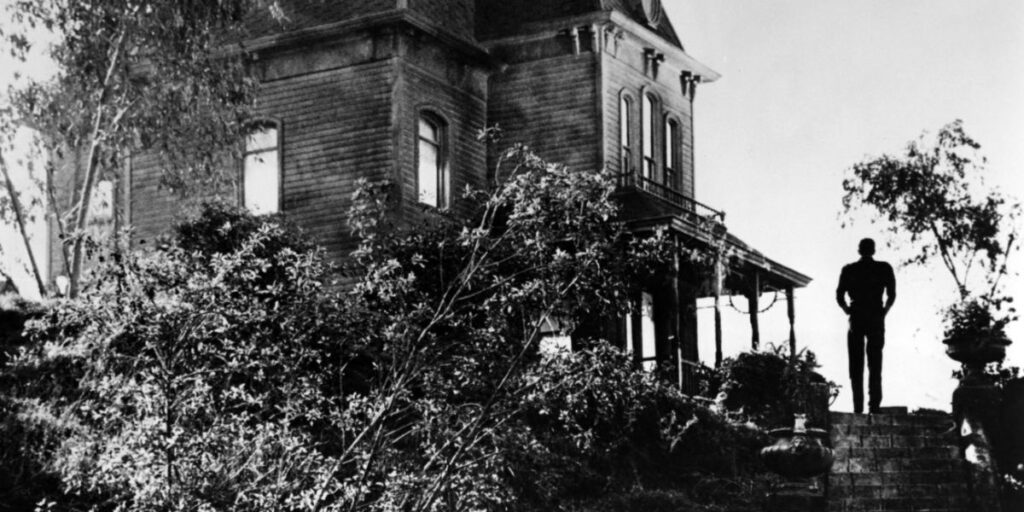
Plot Synopsis
In this section, we’ll outline the critical moments and turning points of Alfred Hitchcock’s “Psycho”, focusing on the key scenes that define this classic thriller.
Opening Act
At the outset, Marion Crane, a secretary from Phoenix, steals $40,000 from her employer’s client and goes on the run. We see her tensions rise as she switches cars and embarks on a long drive, ultimately ending up at the Bates Motel.
The Infamous Shower Scene
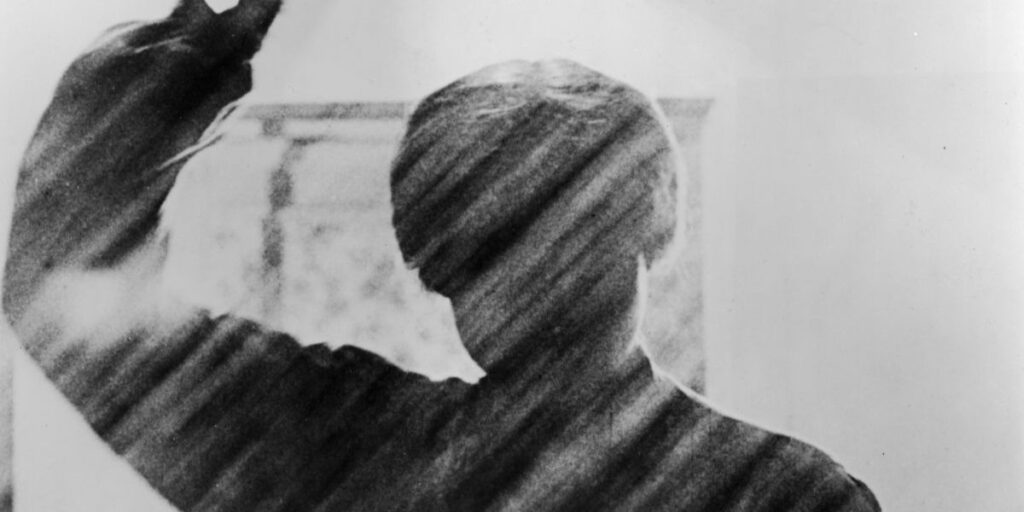
While staying at the motel, Marion takes a shower, leading to one of the most iconic moments in film history. The motel owner, Norman Bates, peeps through a hole in the wall before someone enters the bathroom and fatally stabs Marion. The mystery assailant is presumed to be Norman’s mother.
The Twist and Resolution
In the finale, we discover that Norman Bates has been impersonating his dead mother, the true perpetrator of the murders. Norman is revealed to have a split personality disorder and has been taken into custody, with the final scene chillingly showing his complete psychological collapse.
Impact and Legacy
Alfred Hitchcock’s “Psycho” revolutionized the thriller genre and left a lasting mark on cinema and culture. We will explore its enduring influence, critical acclaim, and widespread cultural references.
Influence on Cinema
“Psycho” is widely considered a seminal work in the horror-thriller genre, having left an indelible mark on the landscape of cinema. Major directors like David Lynch and Martin Scorsese have cited it as a significant influence, drawn to its pioneering techniques and storytelling methods.
The film introduced quick cuts and POV shots to a broader audience, techniques that have since become staples in film direction. Its narrative was groundbreaking, challenging established norms by disposing of the main character early in the film, a bold move that paved the way for using narrative twists and the unreliable narrator in mainstream cinema. These innovative elements have influenced countless filmmakers and movies, making “Psycho” a touchstone for creative storytelling and cinematic technique in the horror-thriller genre.
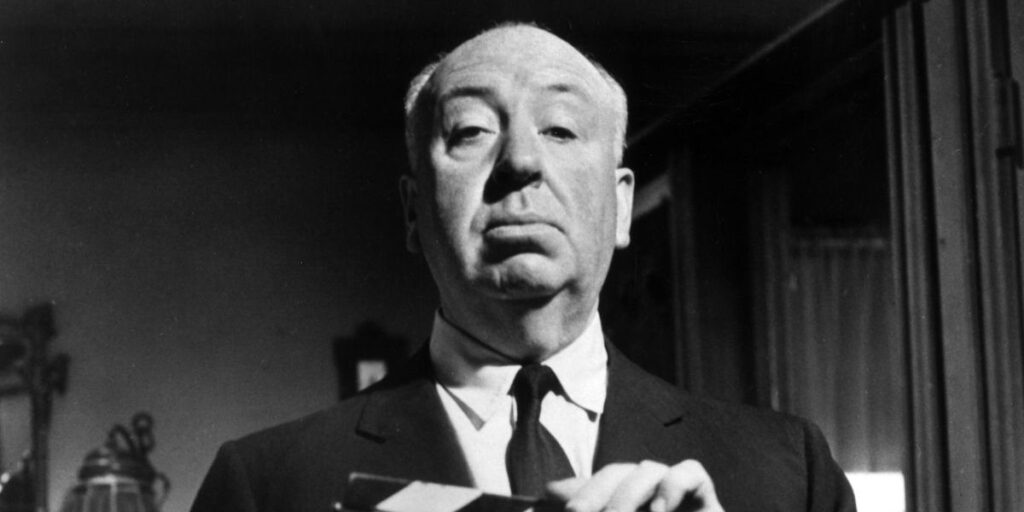
More about Psycho
What is the plot summary of Hitchcock’s “Psycho”?
“Psycho” follows Marion Crane, who embezzles $40,000 and flees, ending up at the Bates Motel. There, she meets Norman Bates, a man with severe maternal issues, which culminate in horror and murder.
Why is the shower scene in “Psycho” so iconic?
The shower scene is famous for its groundbreaking editing, use of music, and emotional impact. It shocked audiences with its violence and unexpected twist, setting new standards in filmmaking.
Who directed the classic thriller “Psycho”?
Alfred Hitchcock, known as the “Master of Suspense,” directed “Psycho.” His innovative techniques and storytelling prowess cemented the film’s legendary status.
Where can I watch the original “Psycho” film from 1960?
The original “Psycho” film is available on various streaming platforms for rent or purchase, like Amazon Video. It’s also occasionally screened at special events and classic film festivals.
How does the 1998 version of “Psycho” differ from the original?
The 1998 version of “Psycho,” directed by Gus Van Sant, is a shot-for-shot remake with updated actors and color cinematography, although it did not receive the acclaim that Hitchcock’s original did.
Why is “Psycho” so controversial?
“Psycho” was controversial for its graphic violence, especially the shocking shower scene, and its exploration of taboo subjects like voyeurism and the Oedipal complex. Killing off the main character early in the film also defied conventional storytelling, making it a topic of debate and fascination.
Is “Psycho” based off a true story?
Yes, “Psycho” is loosely inspired by Ed Gein, a real-life murderer and body snatcher. While elements of Gein’s crimes influenced the character Norman Bates, the film’s story is a work of fiction that takes considerable creative liberties.
What awards did “Psycho” win?
“Psycho” was nominated for four Academy Awards, including Best Director and Best Supporting Actress for Janet Leigh, who also won the Golden Globe for Best Supporting Actress. The film received critical acclaim over time, earning its place as a classic in thriller cinema.
